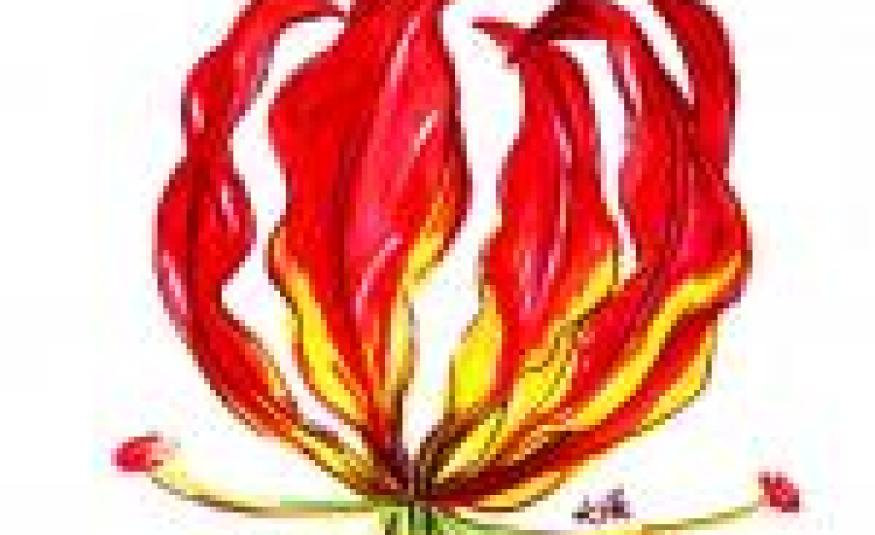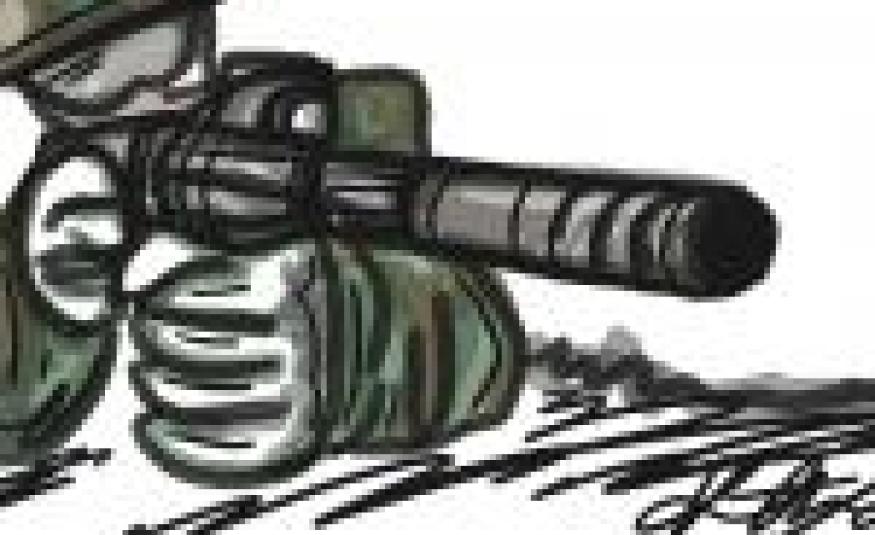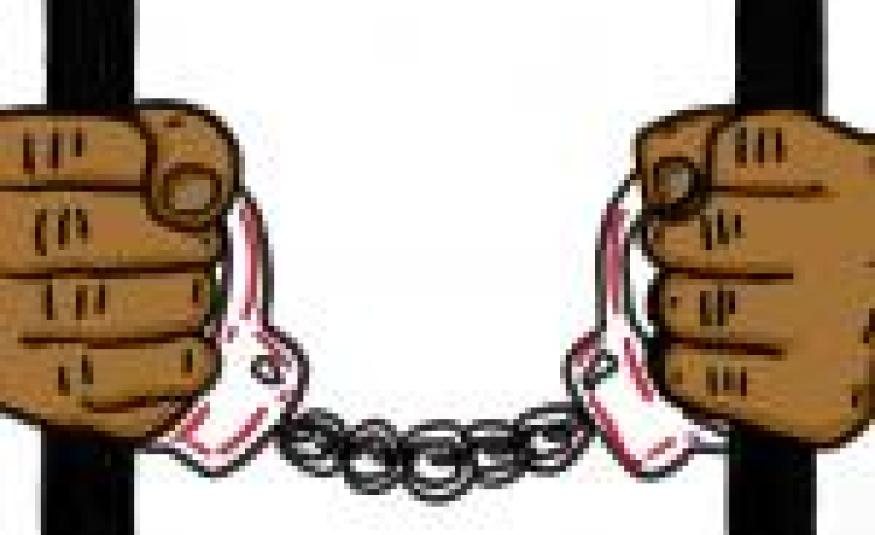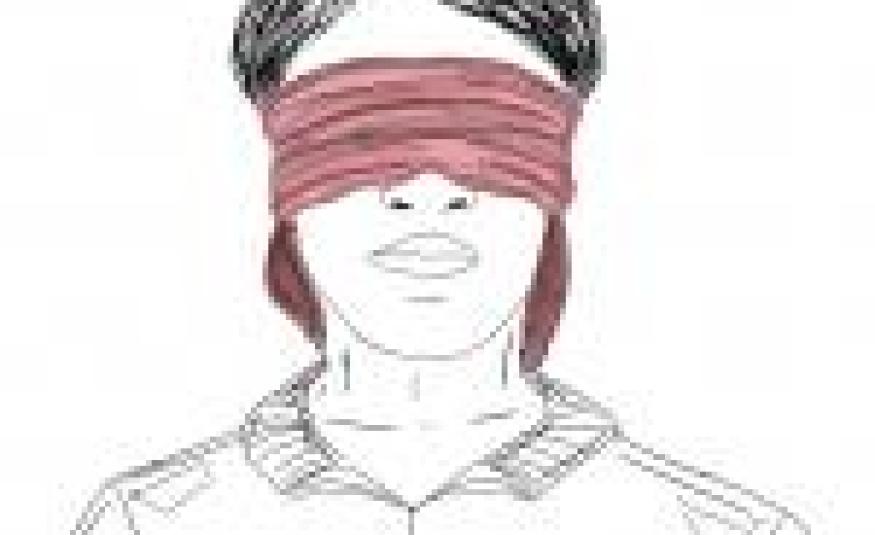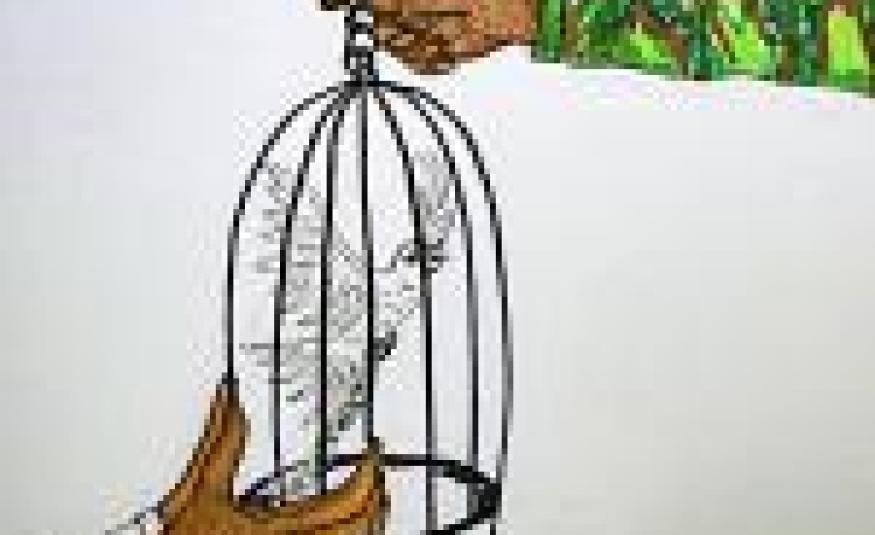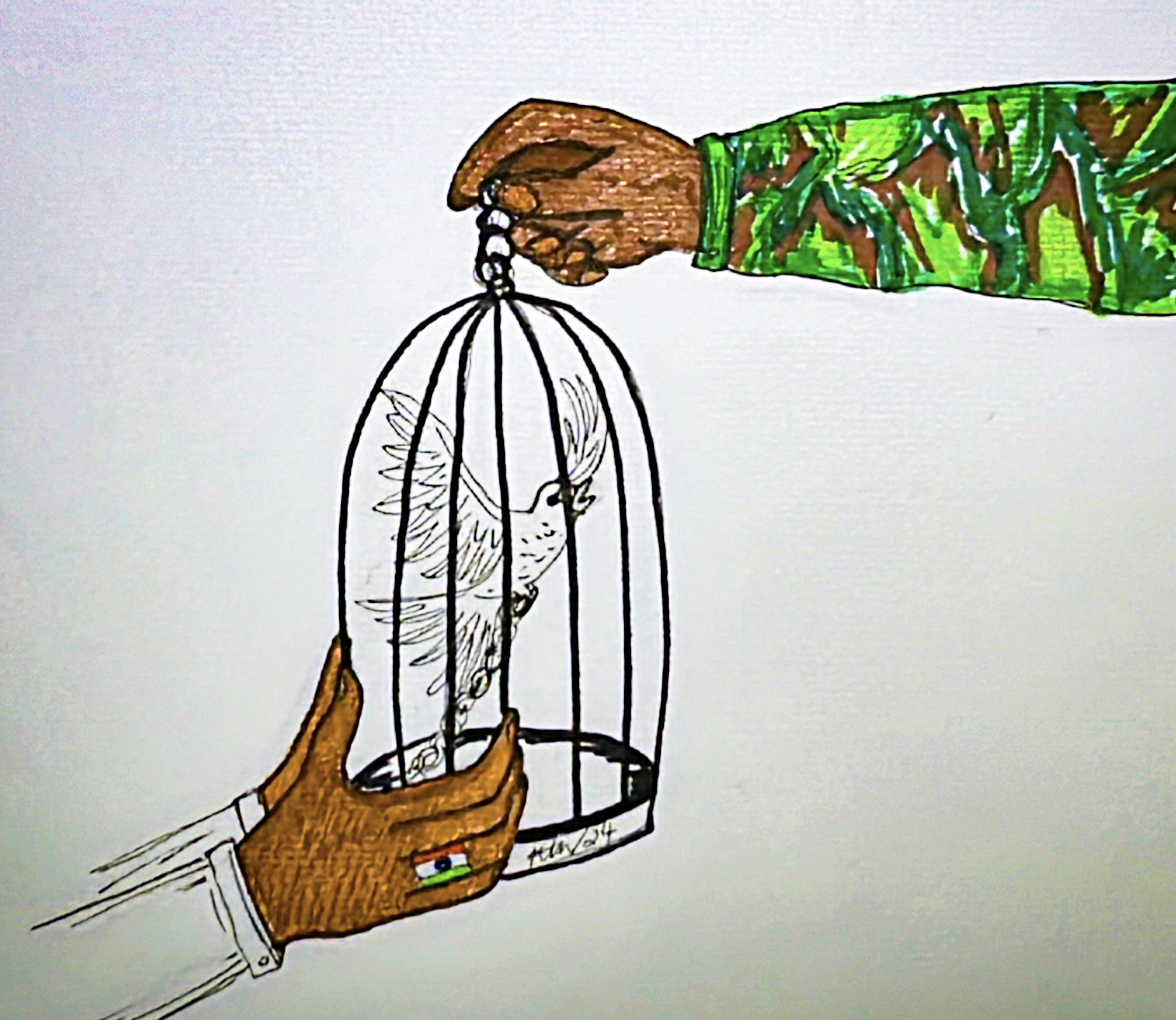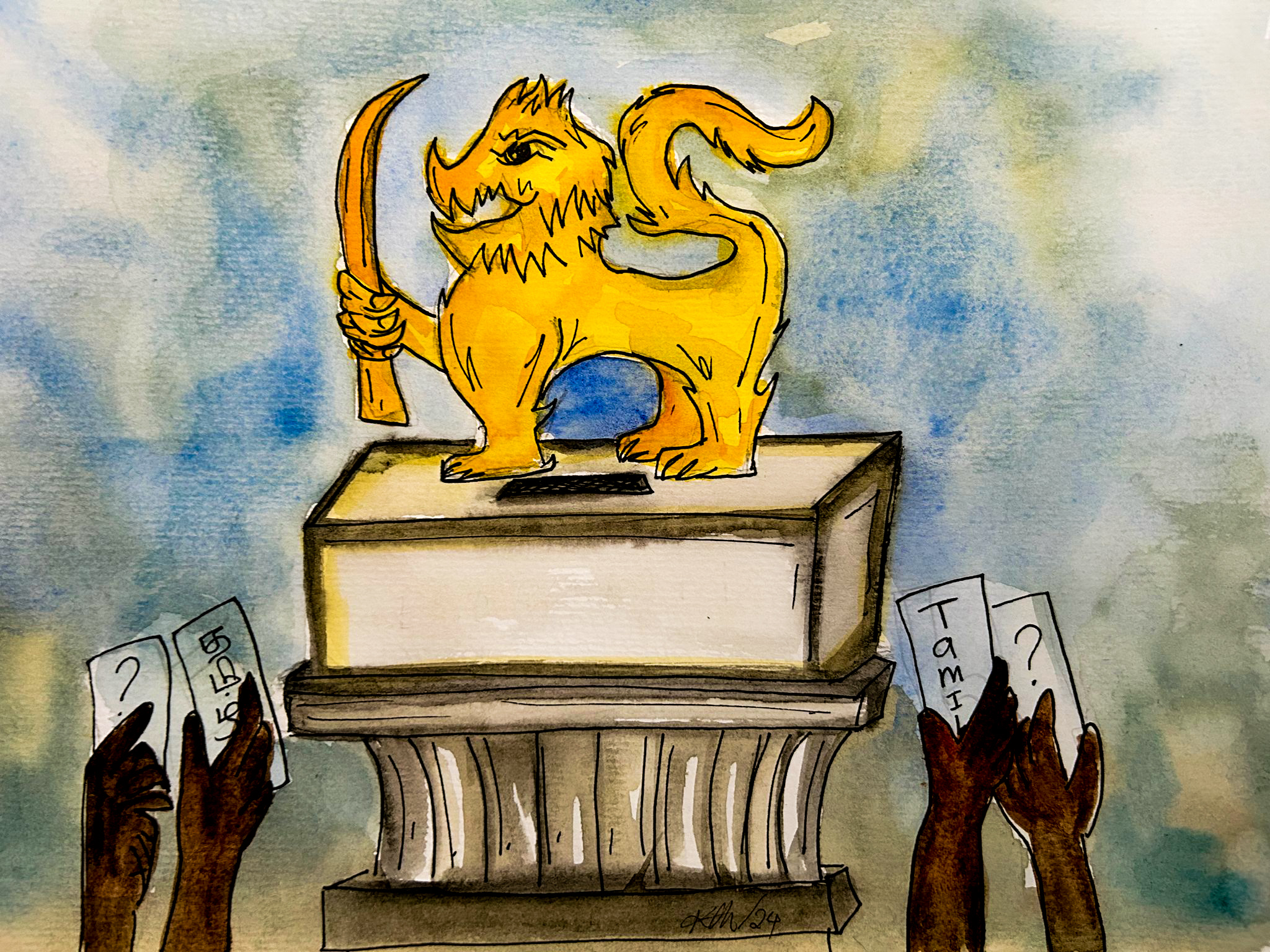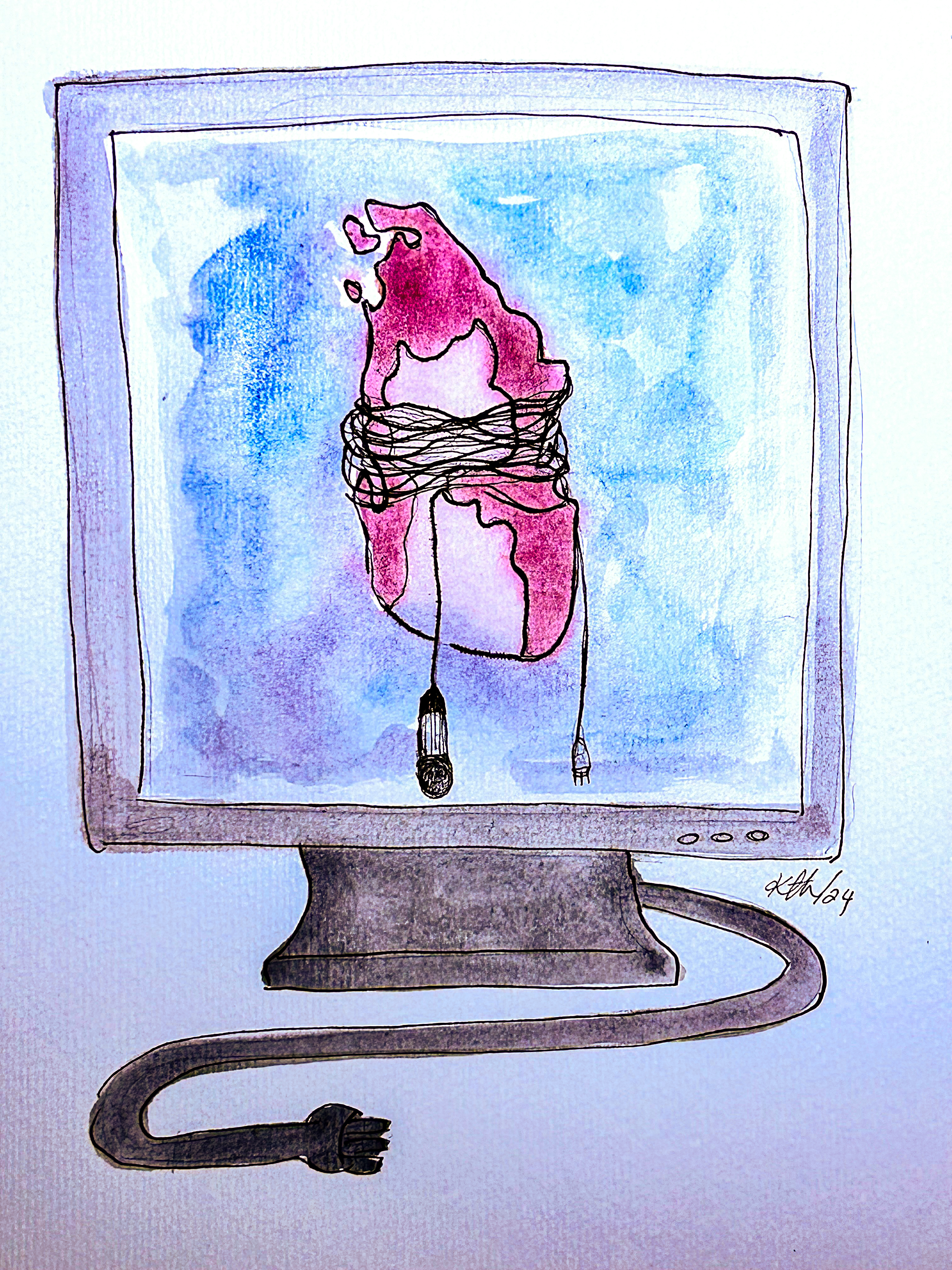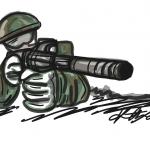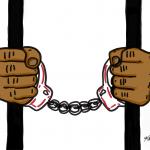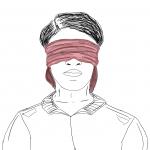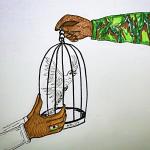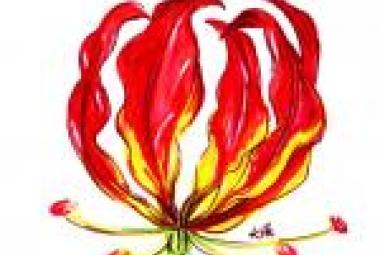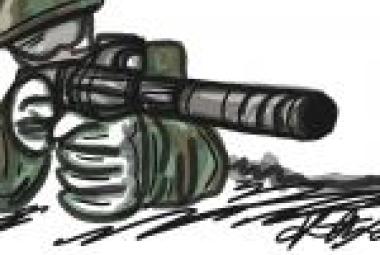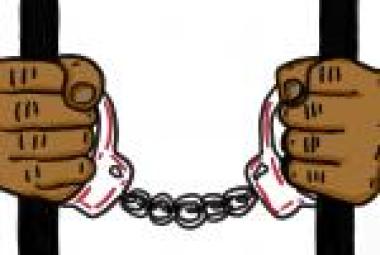Not-so-hidden agenda

Last week, the leader of Sri Lanka’s Janatha Vimukthi Peramuna (JVP) and National People’s Power (NPP) coalition undertook a tour of the Tamil homeland. Though the party trumped up the visit, Anura Kumara Dissanayake’s speeches lacked substance. His explicit ruling out of political solutions to the decades-old ethnic conflict will have done little to enthuse Tamils to vote for him. Instead, his remarks have done the opposite, reaffirming to many that there is little to differentiate him from the other Sinhala candidates. Dissanayake’s electioneering has fallen flat.


